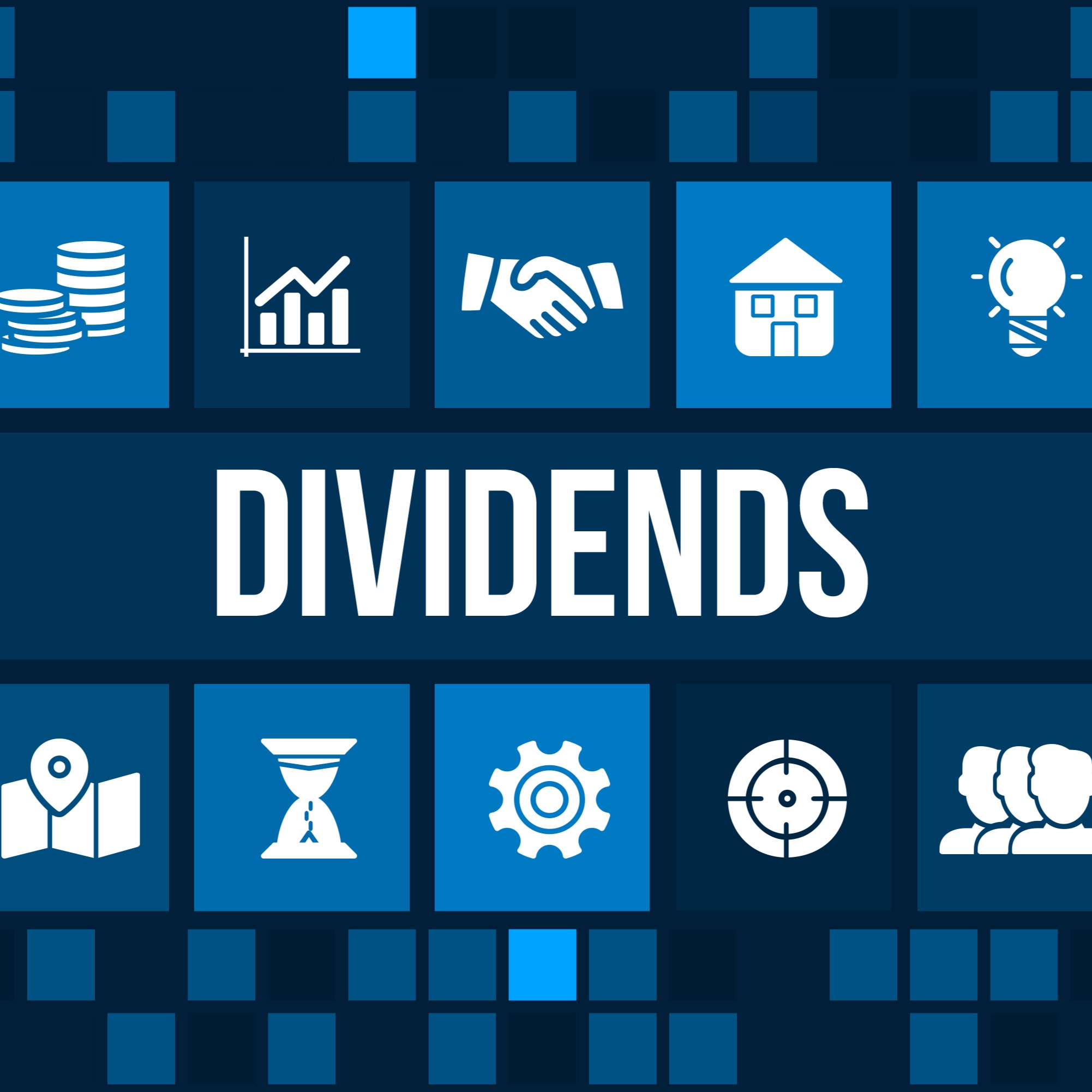Energy
What Occidental's Dividend Hike Means For Its Oil & Gas Rivals

Published:
Last Updated:

Oil remains stuck under $50 per barrel in the summer of 2017. The grand recovery helped the oil giants in 2016, but the oil price recovery seems to have already peaked. With oil still handily under $50 and with oil rig counts still having increased, it seems hard to imagine that an oil giant would be out increasing their dividend again.
Occidental Petroleum Corporation (NYSE: OXY) just delivered a 1-cent dividend hike to $0.77 per quarter on its common stock. What stands out here is that Occidental’s dividend yield was already at 5.11% based upon a $59.40 share price. Now its dividend yield will ratchet up to 5.19% for new investors.
The big question of any dividend needs to be around a company’s own earnings per share and its ability to pay that dividend out of raw earnings. But a second question is whether or not one company’s dividend hike will just add on pressure of its rivals to hike their dividend.
While other oil giants raised dividends endlessly, Occidental has now raised its dividend every year for 15 straight years. Its total increase in the annual dividend rate from the year 2002 has now been more than a 500% hike. Occidental had committed to growing its dividend annually for shareholders, and the company said that this last hike reflects its own confidence in its financial strength and future performance.
A $3.08 payout per year compares to the consensus earnings per share forecast of just $0.90 for 2017. That estimate is $1.55 in earnings per share for 2018, but the consensus earnings estimate was also based upon higher oil prices in 2018. What if that doesn’t come about?
24/7 Wall St. has looked at other top oil giants and their dividends, and the consensus estimates used were from Thomson Reuters.
There has been speculation that BP PLC (NYSE: BP) may need to cut its dividend. Still, its ADS dividend yield is now almost 7%. At $34.65, BP’s 52-week range is $32.50 to $38.68. Because BP is based in the United Kingdom, its ADS dividend payment can change at each payout period due to currency changes against the U.S. dollar.
Chevron Corp. (NYSE: CVX) was last trading at almost $104.00, and its 52-week range is $97.53 to $119.00. Chevron’s dividend yield is almost 4.2% now. Chevron last raised its dividend in October of 2016 and noted that it has raised its payout for 29 consecutive years. Chevron’s annualized dividend payout of $4.32 per share is versus consensus estimates of $4.06 in earnings per share for 2017 and $5.27 per share in 2018.
Exxon Mobil Corp. (NYSE: XOM) was last trading at $80.90, versus a 52-week range of $79.26 to $95.55 and versus a consensus analyst target price of $85.93. Exxon’s dividend yield was last seen at about 3.8%. It was just this April that Exxon raised its quarterly payout to shareholders, up to $0.77 from $0.75 per share. Its $3.08 annualized dividend per share is versus consensus earnings estimates of $3.74 per share in 2017 and $4.24 per share in 2018.
While Occidental Petroleum is considered an integrated oil and gas player, Occidental’s market cap is about $45 billion. That is versus $114 billion for BP, $197 billion for Chevron, and $343 billion for Exxon Mobil.
As Occidental had committed to a higher dividend policy this hike seems less shocking or surprising than it may have a year ago. That being said, Occidental already has a high enough dividend of the large oil and gas giants that this may just keep a check and balance rather than creating any massive dividend pressures from its rivals.
At $59.40, Occidental Petroleum’s 52-week range is $57.20 to $78.48 and its consensus analyst target price from Thomson Reuters is $69.83.
Thank you for reading! Have some feedback for us?
Contact the 24/7 Wall St. editorial team.